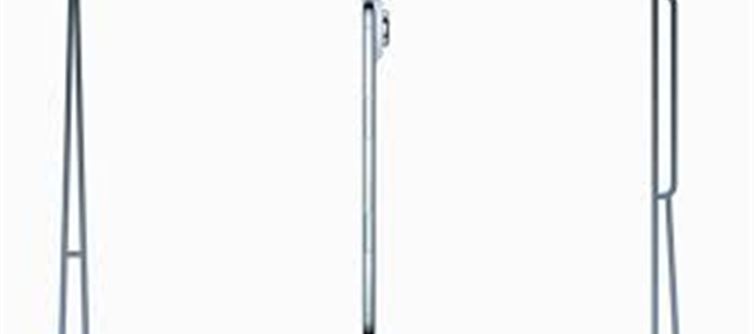
- At a media interview with Tom’s Guide, apple execs Greg “Joz” Joswiak (head of worldwide marketing) and john Ternus (senior VP of hardware engineering) publicly challenged journalists to try bending the new iphone Air.
- One of the journalists (Mark Spoonauer) took up the challenge, applying as much force as he could. He noted that the phone bowed slightly under pressure but returned to its original shape after release.
- Another journalist, Lance Ulanoff, also attempted the bend test. Same story: some flex, no breakage.
🛠 Key Design & Material Decisions That Help It Survive
- Thickness: The iphone Air is just about 5.6 mm thick — Apple’s slimmest iphone so far.
- Frame Material: Grade-5 titanium is used for the frame. This gives high strength and rigidity while keeping weight low.
- Ceramic shield 2: Both front display and back use enhanced “Ceramic shield 2” glass, which apple claims is tougher / more scratch-resistant.
- “Camera Plateau” Layout: Internally, apple has grouped the most fragile or critical components (camera, processors) in a plateau at one end of the device. The rest (battery etc.) is laid out so as to avoid those being the weak point under bending stress.
- Battery Protection: The battery has an added metal shell (“metal can”) around it to help guard against deformation.
✅ What Happened in the Test: Outcome & Impressions
- The phone did flex or bow slightly under deliberate force, but didn’t break, snap, or suffer permanent deformation.
- After the pressure was released, the phone returned to its original shape. Reviewers noted that while the idea of such a thin phone raises concerns (especially remembering previous “bendgate” issues), apple seems to have engineered this model to address those exact issues.
⚠️ What To Keep In Mind (Limitations & Caveats)
- “Bend tests” like these are more theatrical / demo-style than rigorous scientific stress testing. They show that under certain conditions the device holds up, but they don’t cover all scenarios (e.g. long-term stress, twisted pressures in pockets, etc.).
- Slight flex is present — so while apple claims durability, some flexibility is part of the design. That means in very rough or unusual use the phone could still suffer damage.
- Durability is one thing; other aspects like camera quality, battery life, drop resistance, etc., also matter. Some trade-offs are likely in going ultra-thin.
💡 Why This Matters
- Trust & Reputation: Apple’s been burned before (literal “bendgate” with iphone 6/6 Plus) — so demonstrating strength in public helps reassure users.
- Design Identity: The iphone Air is meant to stand out for its sleekness, its thin profile. But thinness by itself doesn’t win — it has to feel reliable. This test helps bridge that perception gap.
- Material Innovation: Using titanium, improved glass, smart internal layout shows apple is pushing materials & engineering to keep up with design ambitions.
Disclaimer:
The views and opinions expressed in this article are those of the author and do not necessarily reflect the official policy or position of any agency, organization, employer, or company. All information provided is for general informational purposes only. While every effort has been made to ensure accuracy, we make no representations or warranties of any kind, express or implied, about the completeness, reliability, or suitability of the information contained herein. Readers are advised to verify facts and seek professional advice where necessary. Any reliance placed on such information is strictly at the reader’s own risk..jpg)




 click and follow Indiaherald WhatsApp channel
click and follow Indiaherald WhatsApp channel